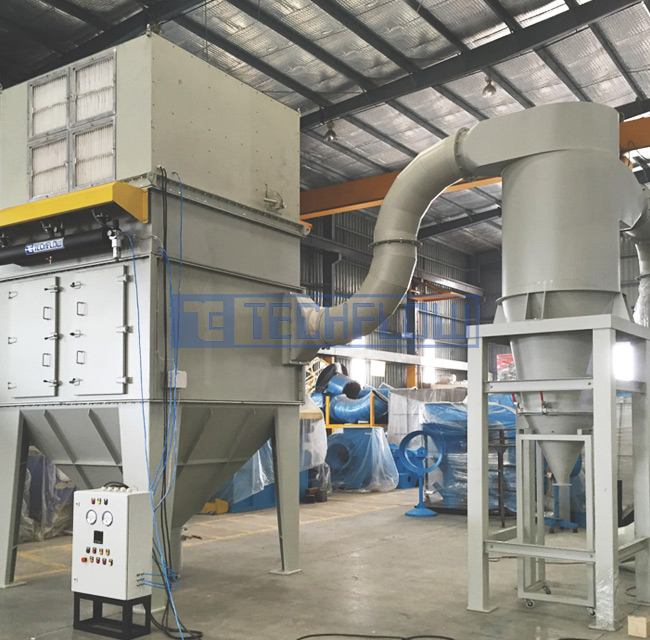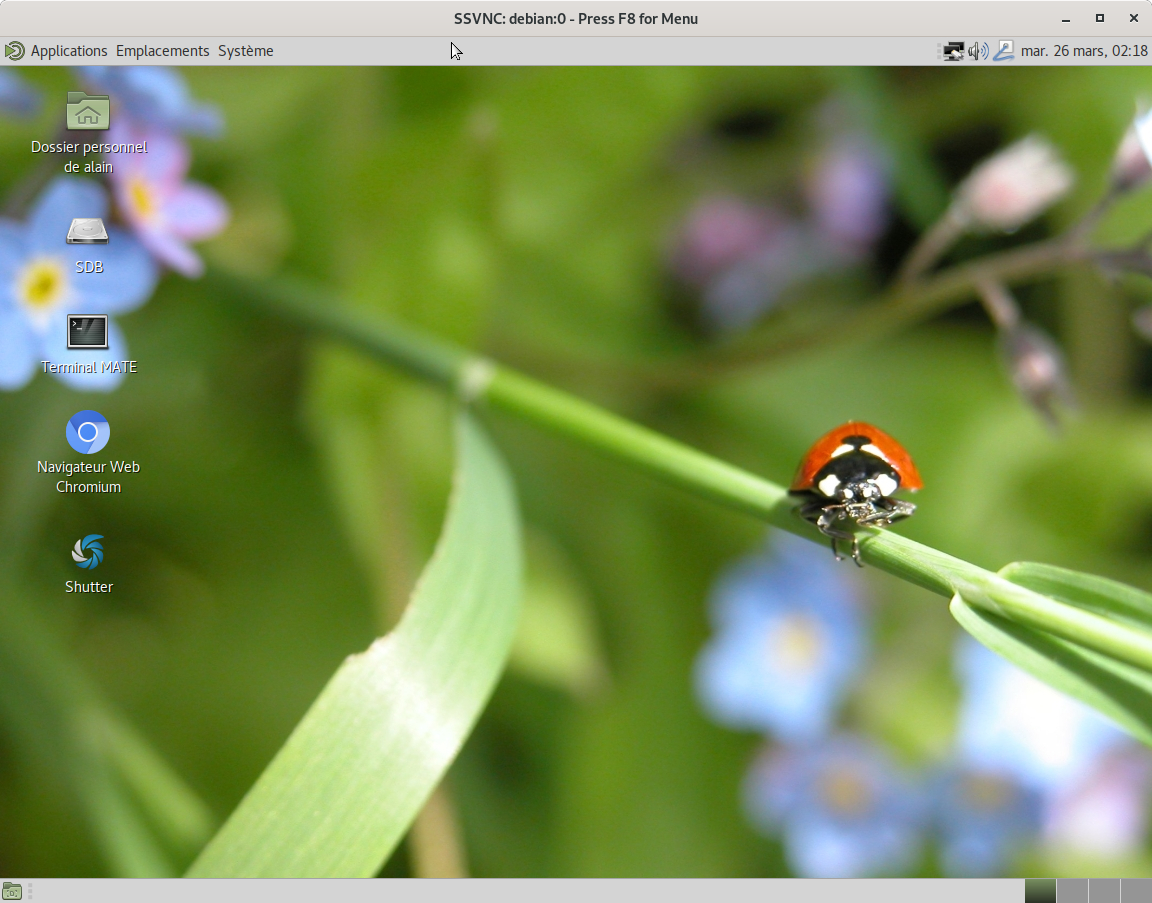

This is 16-bit-color test session, presenting operations in Netscape Navigator window on KDE desktop. The results Test session 1: bugzilla-16.rfb But you should be aware that some of test sessions are huge downloads and they may reside behind a very slow Internet connection.
#X11vnc vs tigervnc code
Note that all test sessions as well as complete source code for testing utility are freely available for everybody. PS: I'm a french speaker, sorry in advance for my english.In the bottom of this page you can find more information on testing and other related issues.

So if you have any question don't hesitate to go there, maybe you will have more interesting answers. There is a Qt forum and a thread dedicated to embedded issue. I think that's related to the way i launch the App or the server but i haven't found any solution yet. I can use my Keyboard but the mouse is not working, so it's not very convenient if you want to navigate and use your application properly. Up to now, i have an issue related to this procedure. You have to connect to your vnc server via a vnc client (i use TightVNC Client).Īfter launching the server you should see the port on which the server is waiting for connection and use it to connect to x11vnc and see your Cute Qt5 application :smileyhappy.

X11vnc -noipv6 -rawfb /dev/fb0 -clip WxH (W and H are integers, where W is the width and H the height of your application, and 'x' is the x letter not '*') So if you launch your application like above you can launch x11vnc to remotely display your Qt5 application like this: In my case as i said above, i use x11vnc. So you have to find another way to access remotely to you application.

This is the real deal because, from Qt4.x to Qt5.x the vnc plugin which was integrated was unfortunately removed :smileysad.
#X11vnc vs tigervnc how to
You can see : Qt for Embedded Linux | Qt 5.6 for more precise explanations.Ģ) How to remotely access to your Qt5 application? There is other option according to what you want to do, which plugin (evdemouse, evdevkeyboard etc.) you want to use etc. I'm not a Qt5 expert, but what i've understood is that with this option, the rendered image of your application is written to the linux framebuffer which is at /dev/fb0 (by default) and regularly updated according to the changes of your application. m圜uteQt5App -platform linuxfb -geometry WxH & (W and H are integers, where W is the width and H the height of your application, and 'x' is the x letter not '*') For instance if you want to use the linux framebuffer you can use the platform option : Maybe it's also available on Yocto, i don't know.įor your Qt5 Application, you have to precise some options when launching your application. And in Buildroot there is an application available called x11vnc which uses some x11 libraries but doesn't depend on the X server. In my case i'm not using Yocto to build my filesystem (or the entire BSP) but Buildroot. If it's the case, you need to have a vncserver application on your board. Hi Rahul Reddy, if i understand correctly you have a Qt5 Application running on your iMX6-SDB board and you want to get the display on your remote screen ( i assume that's on your development PC), right ?


 0 kommentar(er)
0 kommentar(er)
